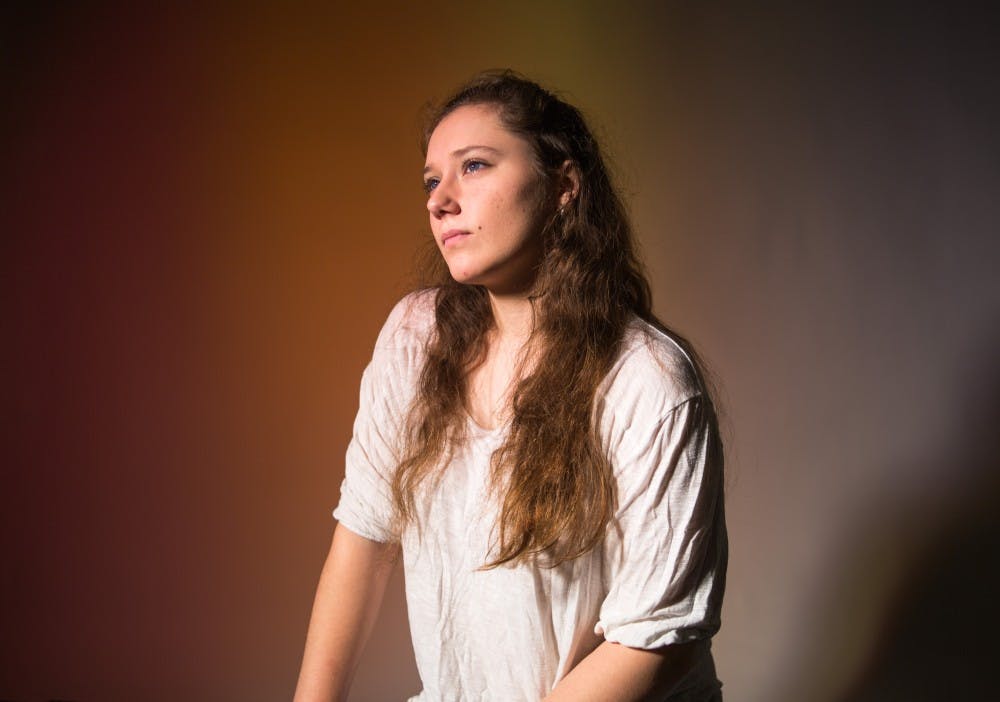Representation of LGBTQ people in media is a newer phenomenon, only truly beginning to grow during this century.
However, representation is still limited and often does not portray realistic relationships, notably in lesbian relationships.

Representation of LGBTQ people in media is a newer phenomenon, only truly beginning to grow during this century.
However, representation is still limited and often does not portray realistic relationships, notably in lesbian relationships.
Some lesbians say they feel pop culture and media tropes avoid realistic lesbian couples that are based on love instead of sexuality.
“It’s just weird and demeaning,” food science freshman Alyssa Roney said. “You’re not going to over-sexualize your average straight couple; why would you over-sexualize a lesbian couple?”
Computer science junior Jillian Tosolt said she thinks removing all romantic aspects of partnership and forcing a sexualized narrative leads to the fetishization of lesbian couples.
“None of this media is made for queer women or lesbian women,” Tosolt said. “It’s made for straight men because they just want to ogle at pretty girls. It doesn’t realistically portray the entire spectrum of women and those who identify as lesbian or queer.”
When lesbian relationships are featured in media, the women often present more feminine characteristics, which does not represent the reality of most lesbian relationships, Tosolt said. She said she wished TV shows and movies would have characters that present androgynously to stand for better representation.
“It censors an entire part of the existence of a lot of women,” Tosolt said. “It suddenly becomes something that is so regular for us and becomes taboo for the rest of the world and you can’t really spread any information or help inform people.”
This portrayal of lesbian relationships and their eroticization creates a double standard that further proves content is produced for heterosexual men, neuroscience freshman Lizzy Irwin said.
“Lesbian relationships aren’t being taken as seriously as ones between a man and a woman,” Irwin said. “Some people might say, ‘Oh yeah, just two girls messing around, college years.’ That’s just really sad because when you’re just attracted to women, that’s what you have, so you need people to respect that relationship.”
Allowing straight men to continue sexualizing lesbian partnerships and ignoring the emotional connections delegitimizes these relationships, Irwin said.
By continuing to sexualize lesbians, the idea that they are “just a challenge” is further perpetuated, which continues to drive rape culture. Tosolt said it’s through thought processes like this that things like “corrective rape” — the practice of raping LGBTQ people in an attempt to “cure” their sexual orientation — became a practiced hate crime.
“The idea that one sexual encounter will turn someone’s sexual orientation is completely false and erroneous,” said Tosolt. “There is also the fact that you can’t turn someone straight, no matter how hard you try, and thinking that you are entitled to someone else’s body and that you think this will in a twisted way help them in the end and change them in a way is sickening.
“You can’t change sexual orientation. People have tried. It doesn’t work.”
This narrative, that people can be changed or cured, is destructive, Roney said.
“It’s like faulty science,” Roney said. “This is a weird comparison, but there used to be this thing where people thought you could tell a person’s personality by feeling their head for lumps, and it’s kind of like that. All bad science is harmful towards society.”
Tosolt said the sexualization of lesbian relationships and the narrative that women in them are a challenge is dangerous, and it has ultimately led to a stigmatization around the word “lesbian.”
“The over-sexualization makes it so that you can’t talk about your orientation at all, even the nonsexual parts, because immediately the word lesbian is taboo,” Tosolt said. “I’ve been in so many situations where I’ve said I’m gay rather than I’m a lesbian. I’m not gay, I’m not a man, so I’m not a gay man, but I am a lesbian, and I want to take pride in that. But it is treated almost like a porn keyword rather than an actual orientation and a way to live my life.”
This was part of a two-part centerpiece by The State News. Read the other piece by Ray Garcia here.
Support student media! Please consider donating to The State News and help fund the future of journalism.